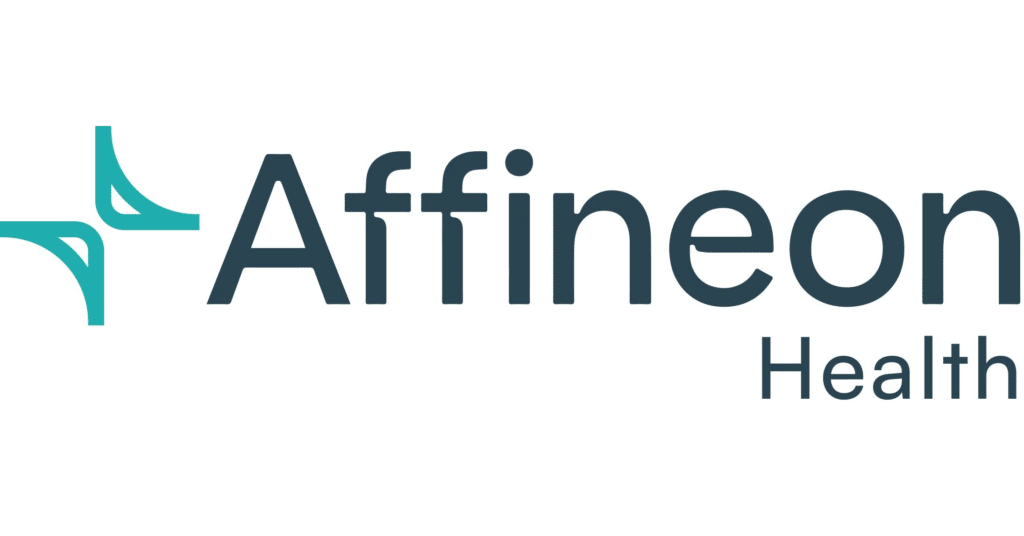We are excited to announce our investment in the seed round of Affineon, an AI platform that streamlines inbox workflows for clinicians. By automating tedious and time-consuming tasks, Affineon reduces the cognitive load on clinicians, enabling them to focus more on patient care. For healthcare providers, this translates into added revenue.

BGV recognizes the potential of AI in healthcare. Recently, we refined our investment thesis in that area to focus on automating workflows in healthcare operations and have been actively seeking opportunities in this area. Affineon caught our attention because of its practical and timely application of Large Language Models (LLMs) to providers’ workflows, aligning well with our Enterprise 5.0 strategy. The platform integrates seamlessly into existing processes, delivering strong ROI for healthcare providers.
Our research confirmed that physicians typically receive 30-50 lab results per day and must manually review several tabs of patient data to connect fragmented information. This contributes to healthcare providers spending large part of their time on non-patient care tasks, leading to lost revenue and contributing to burnout. While early AI tools, like medical scribing, are helping to decrease the workload, inbox management remains a significant pain point for clinicians.
CEO David Norris has a proven track record in healthcare, having founded and successfully exited multiple healthcare companies. His leadership, combined with the backing of AI Fund, led by AI expert Andrew Ng, gives Affineon a solid foundation to tackle the challenges in this space. Affineon’s platform integrates directly with Electronic Health Records (EHRs) and allows for quick implementation—usually within a week. Another strong advantage is that the solution fits seamlessly into existing provider workflows within EHR, requiring minimal training and no changes to current practices, which minimizes friction and shortens sales cycles.
We look forward to seeing Affineon helping more clinicians focus on patient care and allowing more healthcare providers to benefit from productivity improvements.
